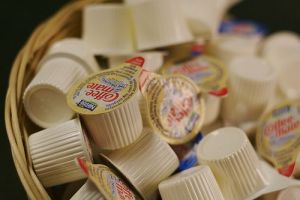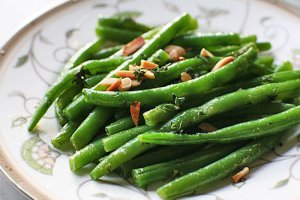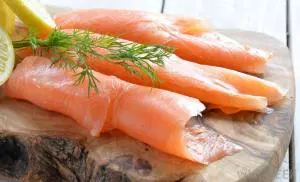
IS HUMMUS PALEO?
ThePaleoList Answers: Is Hummus Paleo?

Hummus: one of the most-loved party dips of all time. We often see this creamy spread alongside fresh vegetable crudité, and touted as a healthy protein option. But what exactly is hummus, whether it’s store-bought or homemade: is hummus Paleo?

What is Hummus?
Hummus is a traditional Mediterranean dip made from tahini (ground sesame paste), garlic, lemon, and chickpeas (garbanzo beans). Chickpeas, also called garbanzo beans, are small round legumes that look a lot like hazelnuts.
The most popular brand of hummus in the U.S. is probably Sabra, so let’s take a quick look at the ingredients in Sabra’s Classic Hummus: Cooked Chickpeas, Tahini (Ground Sesame), Soybean Oil, Red Bell Pepper, Water, Garlic, Salt, Citric Acid, Potassium Sorbate Added To Maintain Freshness, Natural Flavors.
First of all, hummus isabout 60-70% water. Tahini, which is the second most important ingredient in hummus, is a faty extract (similar to eating sesame seeds). Only 10% of the final hummus product is technically is fat — and it’s a good fat, with lots of Omega 3 in it (200-300mg in a serving of 1 cup). The primary problem is the rest is carbs and protein, with carbs being a big no-no in the paleo diet.
Overall, hummus contains around 200 calories for 100g, so depending on your portion size it’s not a tremendous amount of calories. On the other hand, the carbs in it can make you really satiated, but they don’t increase glucose levels in your blood that much. For most people hummus is a healthy snack, but not for a paleo dieter.
For starters, we’re not big fans of ingredients like citric acid, potassium sorbate, or Natural Flavors, and we’re certainly not into soybean oil, but when making homemade hummus, all of these things can be avoided. The more important hurdle to address is the inclusion of chickpeas.
Chickpeas contain phytic acid, which is a compound present in many foods, specifically legumes. Phytic acid is classified as an “anti-nutrient” because it has a tendency to attach to nutrients like zinc, calcium, and iron, and drag them (kicking & screaming) from the body without being absorbed.
Is Hummus Paleo?
Unfortunately, hummus is not Paleo, nor is it Primal. Regardless of how you prepare legumes, they still don’t qualify as Paleo. While you can certainly soak and sprout chickpeas to create a much more nutrient-dense option, and chickpeas are certainly not going to hurt you the same way grains might, they’re still not Paleo-approved, and probably shouldn’t be a large part of a modern caveperson’s diet. (However, we’re realistic here, and believe that a couple servings of legumes per week probably won’t do much harm. You can even sub half the chickpeas for nuts or veggies!)
Hummus is so beloved that bloggers and recipe developers refused to give up on it. So, lucky for us, there are plenty of Paleo “hummus” recipes that replicate much of the flavor and texture of the traditional legume-laden dip. Opting for cauliflower, zucchini, cashews, and more, these dips pack a lot of Paleo-approved flavor. Greek Baba Ghanoush is a traditional dip with the same flavors as hummus, but using eggplant as the base, instead of chickpeas. We recommend starting there and experimenting with the numerous recipes below!
Are you struggling with which foods are Paleo? Do you need help planning some Paleo meals? Check out this great Paleo cookbook:




